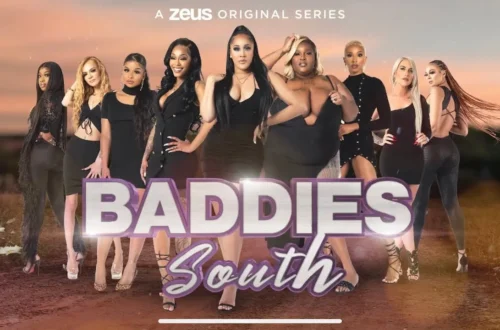“Influencers GoneWild” refers to moments when social media creators engage in outrageous, controversial, or ethically dubious behavior that shocks audiences—ultimately gaining attention and going viral. This behavior often includes dangerous stunts, public meltdowns, fraudulent claims, or actions that stretch moral and legal boundaries.
Rather than authentic storytelling, this phenomenon is driven by the hunger for views, likes, and instant notoriety—with both the platforms and audience responses reinforcing the escalation.
2. Why Do Influencers Take the “Gone Wild” Route?
Several factors converge to push influencers toward sensational or risky behavior:
Algorithm-Driven Pressure: Algorithms often reward emotionally provocative content with wider reach. Influencers race to maintain relevance in a saturated digital sphere where normal content struggles to cut through.
Psychological Triggers: Concepts like validation addiction (dependency on likes), the fear of irrelevance, and blurred identity—where the creator’s self-worth becomes tied to performance metrics—are psychological drivers behind wild behavior.
Monetary Incentives: Higher engagement often translates directly to brand deals, sponsorships, and ad revenue—fueling a cycle where more shock equals more cash.
3. Iconic “Gone Wild” Moments That Defined the Trend
Logan Paul – Aokigahara Forest Fallout
Filming a deceased individual in Japan’s “Suicide Forest” sparked immense global outrage. YouTube demonetized his channel and sponsors withdrew support—a textbook example of a wild move gone disastrously wrong.
Belle Delphine – Gamer Girl Bath Water
Her bizarre stunt involved selling jars labeled as her bath water for $30 each. Equal parts satire and marketing, the content blurred ethics and sparked a media frenzy.
Jake Paul – Pandemic Parties
At the peak of COVID-19 lockdowns, hosting large gatherings not only courted controversy—it invited public condemnation and investigations—further fueling his unpredictable image.
Sam “Wombat Woman” Jones – Wildlife Disturbance
A U.S. influencer’s reckless handling of a baby wombat in Australia drew condemnation from wildlife experts and Australian politicians—highlighting how “going wild” can disrespect local ecosystems.
Tana Mongeau – TanaCon & Fallout
Known for chaotic moments, her failed fan event garnered criticism for poor planning and transparency. Now, she attempts to balance her notorious “wild” image with a toned-down approach.
4. The Ripple Effect: Influence, Culture, and Backlash
When influencers “go wild,” the fallout extends beyond their personal brand:
- Cultural Norm Erosion: Such behavior normalizes reckless conduct—young audiences can see it as aspirational or acceptable.
- Mental Health Risks: The constant pressure and spotlight can lead to burnout, anxiety, or depression. Genuine boundaries become blurred in the pursuit of virality.
- Loss of Trust and Followers: Controversy may translate to immediate visibility—but it often brings distrust, backlash, and follower erosion.
5. When “Gone Wild” Turns Into Backlash or Redemption
The aftermath of sensational behavior can be swift and unforgiving:
Cancellation and Brand Fallout: Many face public backlash, loss of sponsorships, and removal from platforms. Even once-loyal fans may turn away.
Mental and Emotional Toll: Post-controversy periods often bring intense scrutiny and personal reflection—fueling narratives of burnout or self-reinvention.
Possibility of Redemption: Publicly owning mistakes, revising content, or focusing on genuine, value-driven storytelling can help rebuild credibility—though it takes time and sincerity.
6. Toward a More Ethical Influencer Culture
For a healthier digital environment, several approaches are key:
Audience Accountability: Followers must engage critically, questioning motivations behind extreme content and holding creators accountable.
Platform and Regulatory Oversight: Stronger moderation, clear policies, and content transparency can curb harmful stunts and disinformation.
Brand Due Diligence: Businesses are increasingly vetting influencers thoroughly, valuing brand-alignment and credibility over short-lived buzz.
Shifting Value to Authenticity: Celebrating creators who prioritize genuine storytelling, empathy, and responsible narratives can shift norms from sensationalism to substance.
Conclusion
“Influencers GoneWild” reveals the tension at the heart of modern digital culture: the thirst for visibility versus the responsibility of influence. While extreme behavior may seem like an express path to virality, the fallout—personal, societal, and cultural—often outweighs the temporary boost.
As social media matures, the true challenge will be redefining influence—not as a spectacle, but as a platform for meaningful, responsible engagement. Authenticity and integrity should surpass sensationalism as the real markers of modern influence.





